The production will use a range of circus skills to re-tell the classic tale of writer Gustav von Aschenbach’s descent into a world of fantasy after he becomes infatuated with Tadzio, a young man he meets in Venice.
Based on Thomas Mann’s novella and sung in English with English and Welsh surtitles, Britten’s opera explores creativity, sexuality, ageing, obsession and the tension between reality and imagination.
Directed by Olivia and designed by Nicola Turner, both of whom worked on last year’s WNO production of The Makropulos Affair, the show will explore Aschenbach’s search for creativity and his flights of imagination. Aerial work and other circus skills will blend with Britten’s evocative music to create an innovative version of the compelling tale.
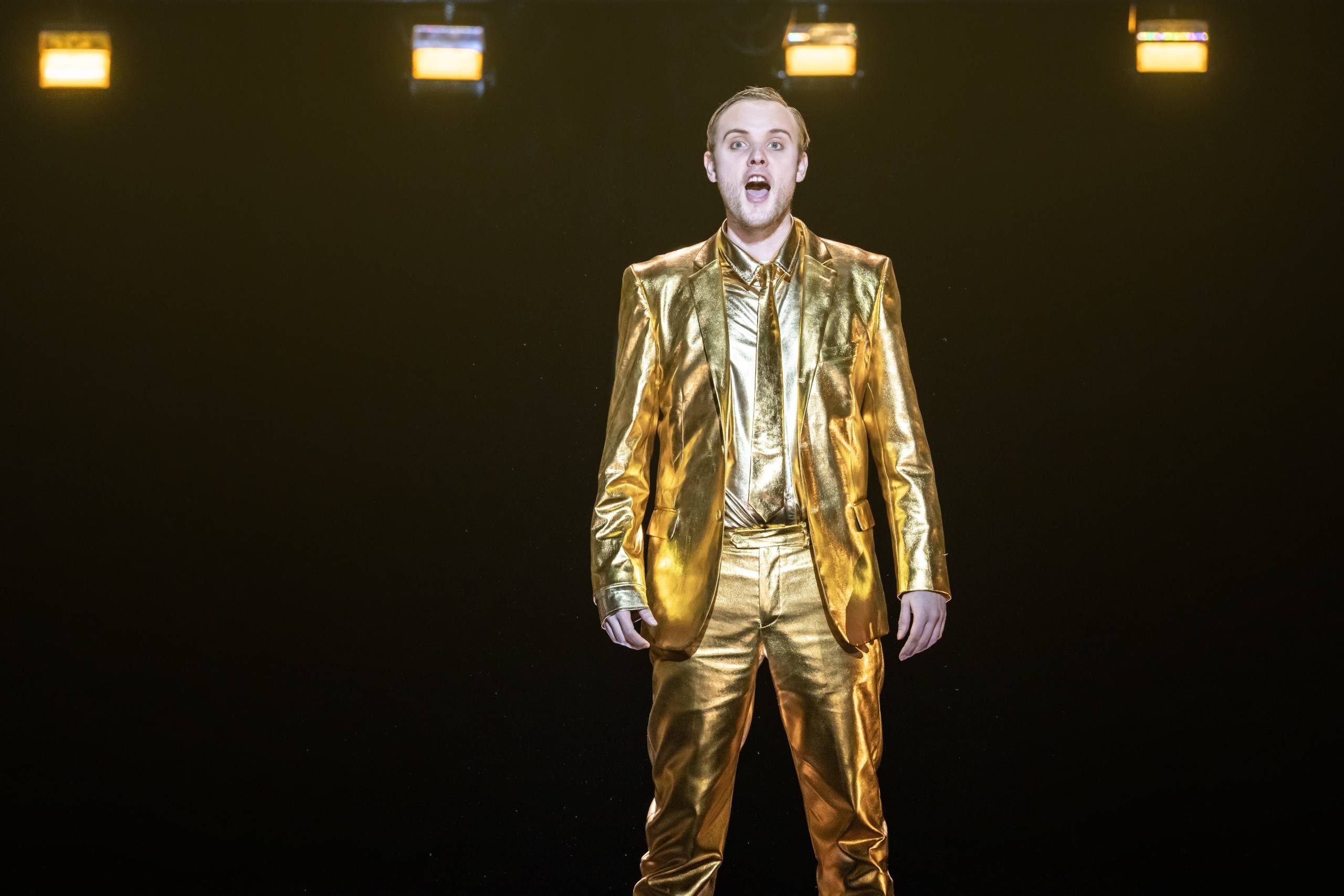
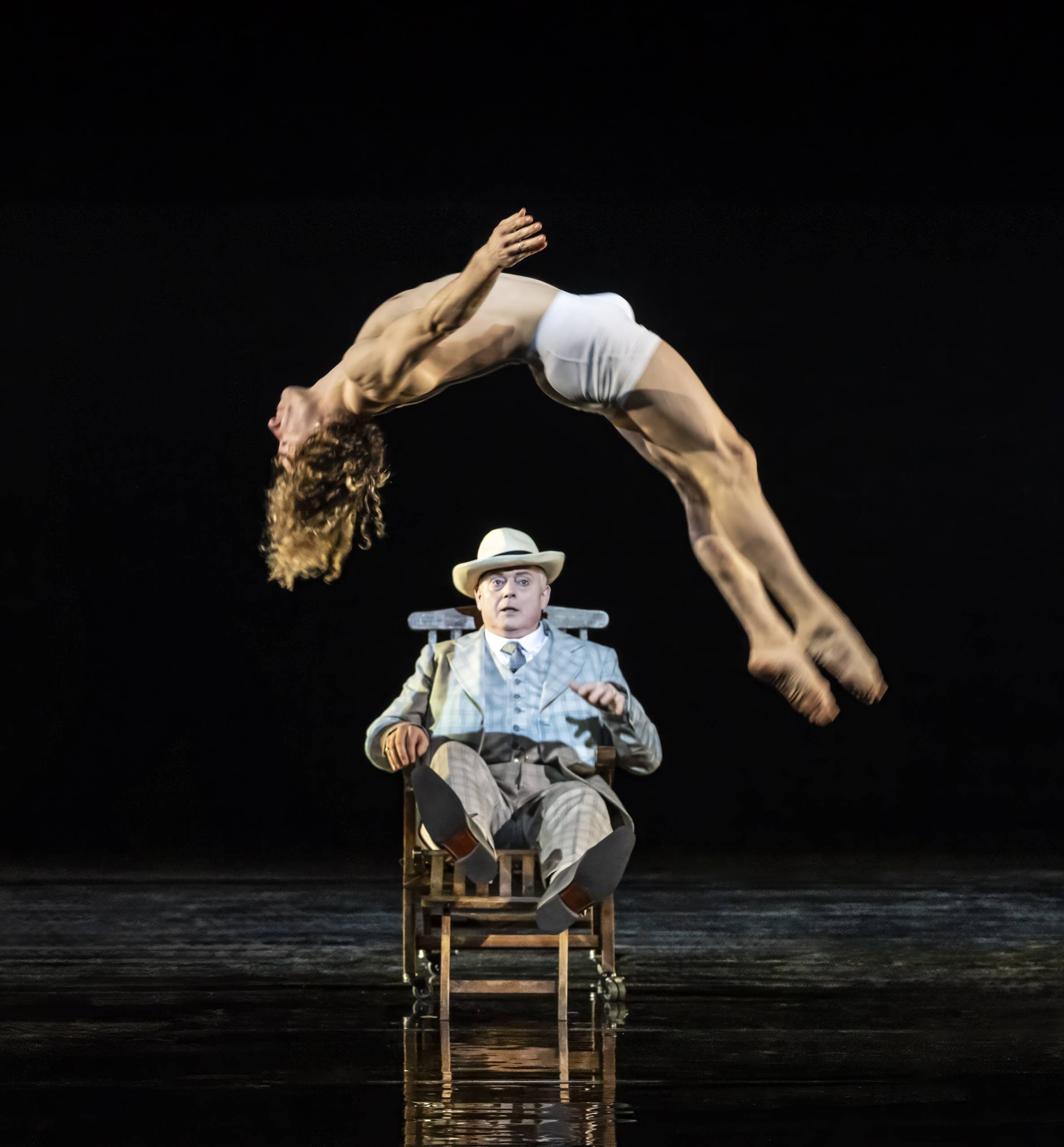
“Death in Venice is a beautiful opera,” says Olivia. “On the face of it, the piece charts the inner struggle and the physical, as well as metaphorical, demise of a writer who has suppressed his sexuality in his search for creativity and beauty. His imagination is parched.”
And there is a real depth to the work, Olivia explains.
“For me, the piece is an exploration of the inner dimensions of our lives – our imagination, dreams and creativity – and how they are manifested, expressed and physicalised.
“It is all about ‘seeing’. Aschenbach is inspired by the beauty of a young man – he sees, he observes, he imagines, he begins to feel again. After many years he becomes embodied, his sexual urges and his imagination run away with him, he becomes obsessed.
“I am curious about the creative process, about the relationship between our inner worlds of the imagination and their physical expression through the body and art – the danger of how imagination can tip into fantasy, leading to the objectification and disconnection from others.”
Britten had originally conceived the roles of Tadzio and his family as silent characters to be played by ballet dancers but Olivia was keen to develop this concept and explore their physicality through another means – circus.
“Tadzio and his family express themselves physically, to Aschenbach they are exotic and otherworldly.
“Britten gives us swathes of gamelan-inspired instrumental music to be interpreted. I wanted to find a sensuous, physically exciting and magical way of expressing this world – a world that is extraordinary and mesmerising as well as naughty, provocative, gender-fluid, sensuous and erotic.
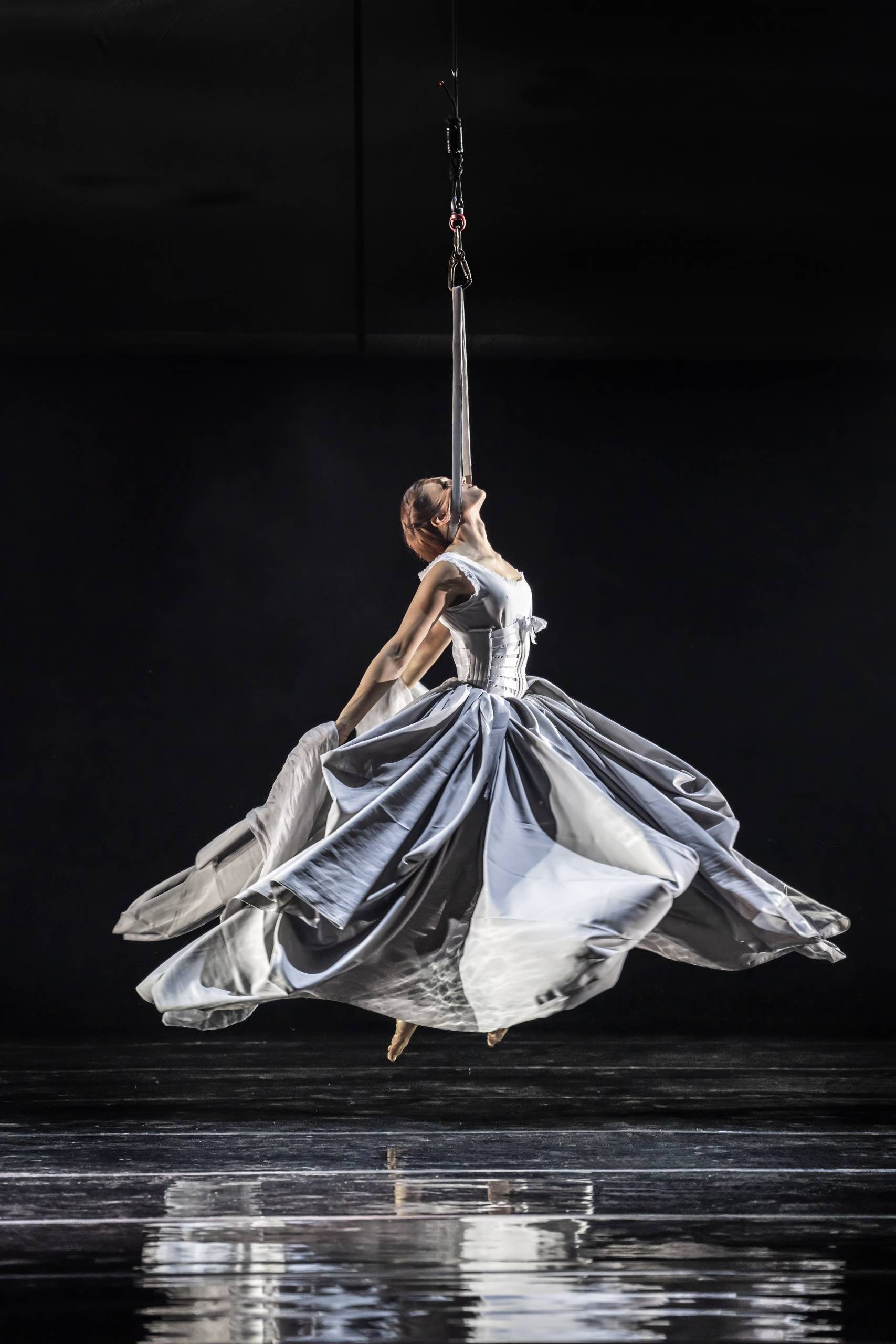
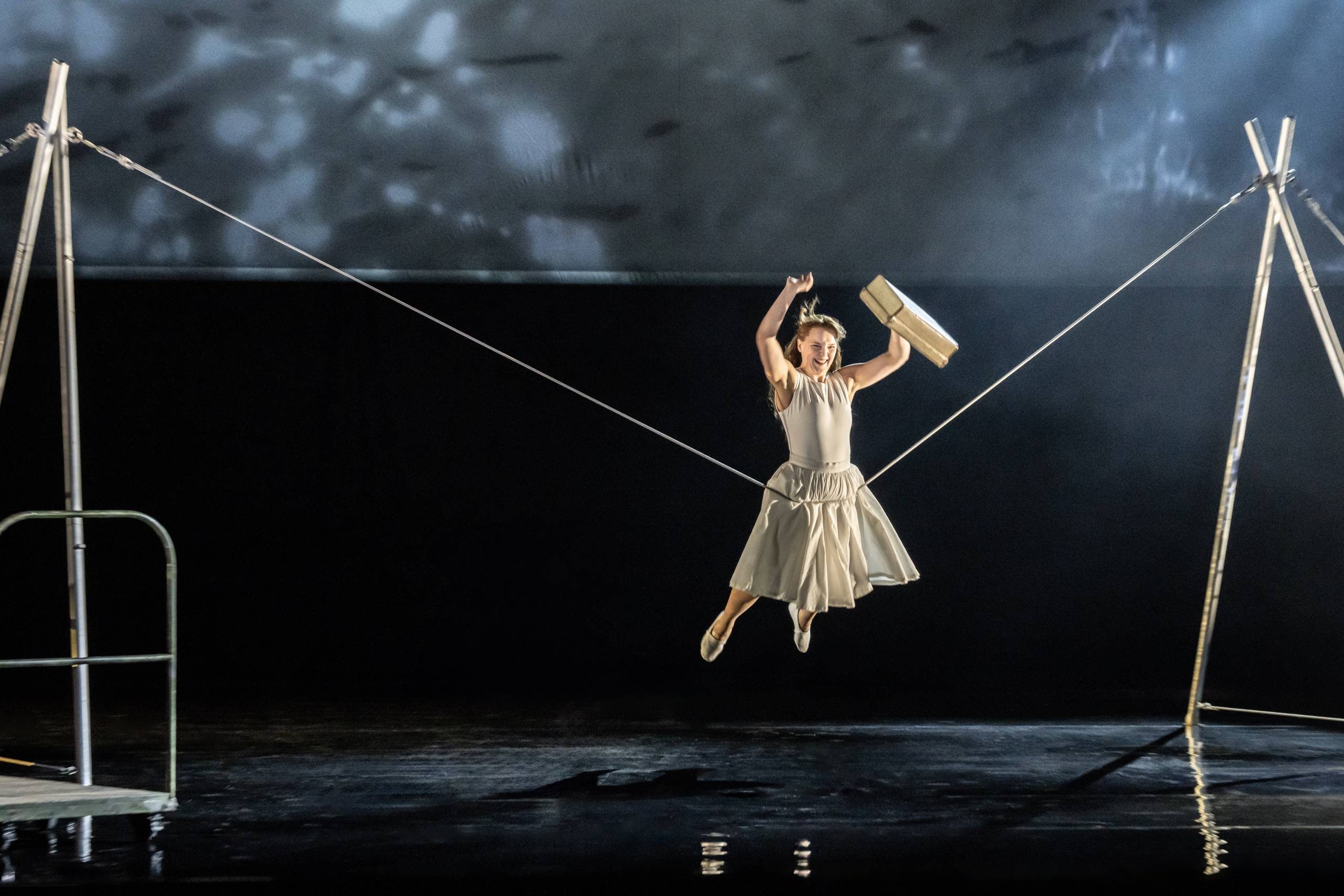
“The idea of Tadzio being an aerialist emerged early in my thinking, which then developed into having a group of five circus artists who can play Tadzio and his family, as well as help move the episodic story from scene to scene in surprising and delightful ways. Having seen NoFit State Circus’ work, I thought that a collaboration would be perfect.”
WNO and NFS are both based in Cardiff and have worked together in the past on community shows but this is the first time the two have collaborated on a full-scale touring work. The production features opera singers and circus performers with Aschenbach being sung by tenor Mark le Brocq and Tadzio being played by circus performer Antony César.
NoFit State guest artistic director Firenza Guidi has plenty of experience of opera as she grew up in Milan where she was frequently taken to the world-renowned theatre La Scala. And she believes the collaboration will bring a new understanding to Britten’s work.
“For me, circus is the best way to embody the kind of dichotomy in the story – the contradiction between flight and ground, between ethereal and carnal. All the kind of things that a circus performer can do is carnal but at the same time can be ethereal – it’s a vision, something that will evaporate in the next image.
“So the long-buried desires and the inner struggle that go on in Aschenbach is represented not just in the singing but also by the circus performers. I’m very passionate about dramaturgy through the body. My role is to give each individual performer an inner life, so what we see is the outer body but I’m there to give each performer’s character a past, a present, a set of memories and wishes and desires which although unspoken, are going to inform what they do with their body.”
And that physical creativity encourages the audience to engage with those characters in a different way.
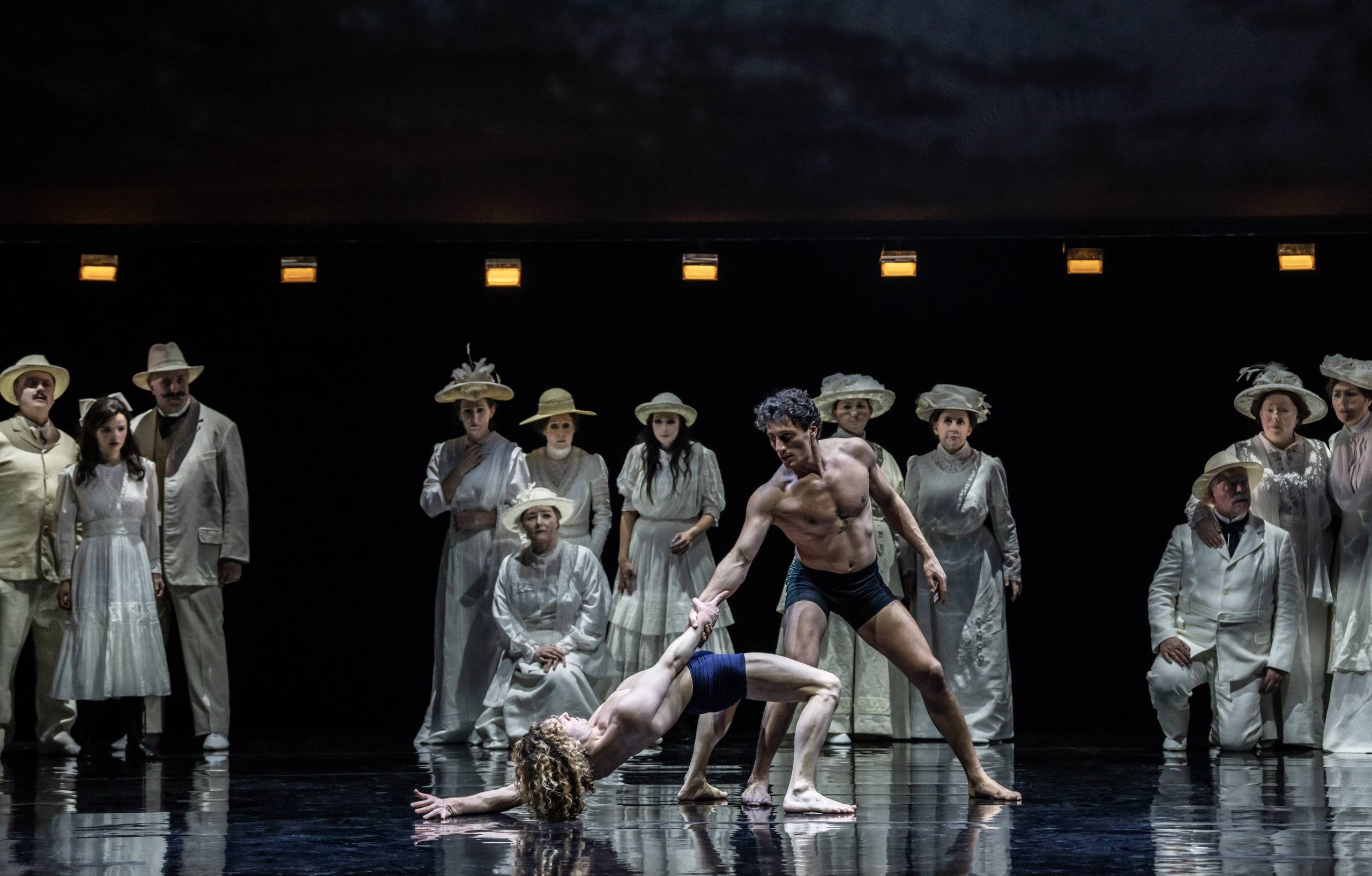
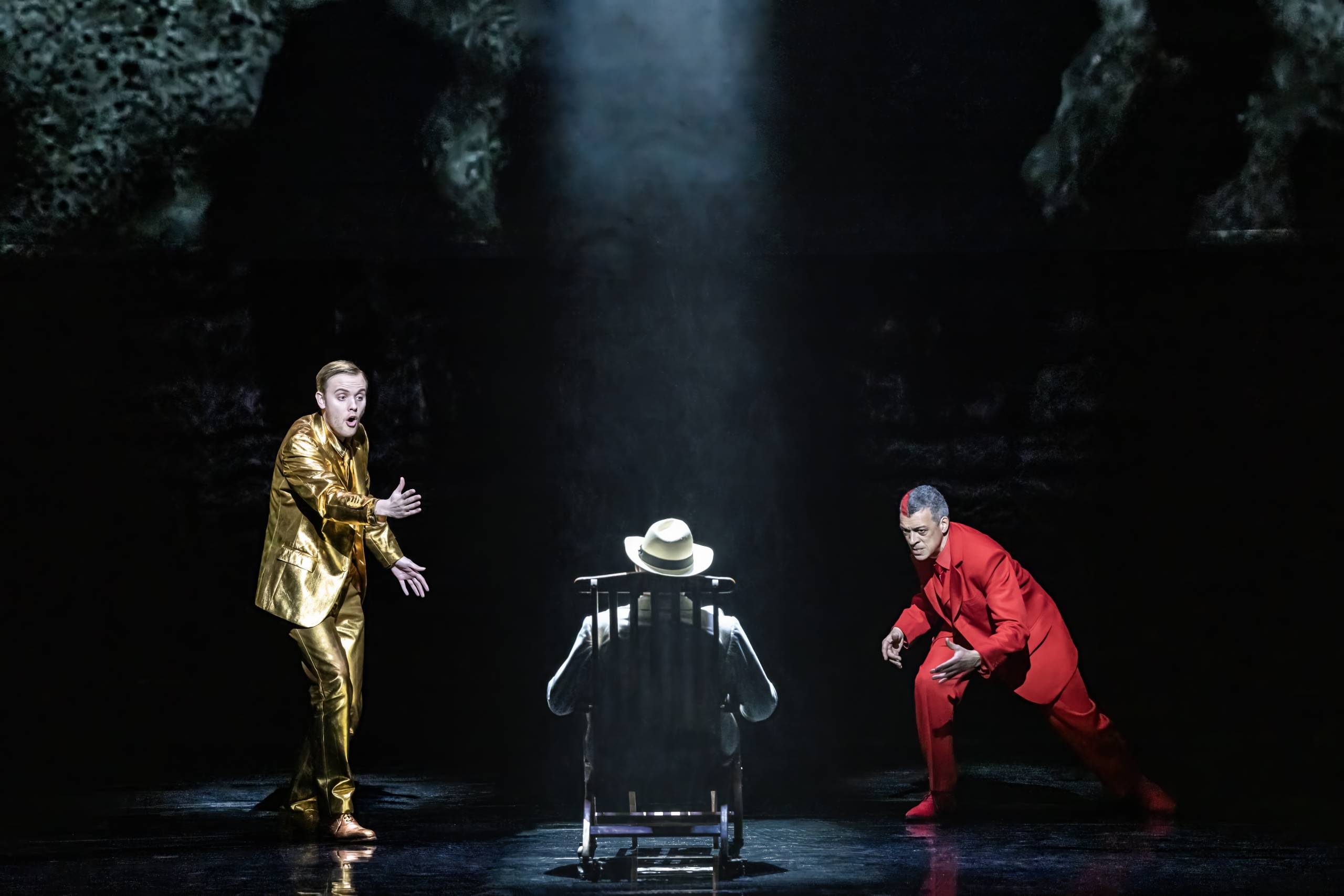
“Fundamentally everything relies on tempo,” Firenza explains. “That creates that tiny little difference between prowess and gymnastic fireworks or creating someone that I am engaging with because that person produces questions in my head as a spectator. Who is he? Where does he come from? I want to engage in that narrative.
“For this opera, the people we have chosen for the characters also embody in themselves the contradictions of the opera so they are beautiful, they are carnal, they are supple but ethereal, they are sensual, they are androgynous, masculine, feminine. All of these things that they bring are blended into the circus performer’s unique ability to make fluid narratives with their body without the need of words.”
The collaboration is proving to be both innovative and exciting, says NFS artistic director Tom Rack.
“Some people might not consider opera to be a natural fit for our organisation but that’s what is interesting about it, seeing how our work can fit inside that context,” he says. “It’s not just about bringing a bit of circus into the background of the show – Olivia wanted to find physical ways of telling the story and bring our signature style which is visual, anarchic and raucous to the production.”
For Tom, contemporary circus has a unique way of expressing a story.
“When we are creating story, we are painting pictures, we are creating images that are almost cinematic in scale that have resonance, have theme, have meaning and have undercurrent in terms of the relationship between the characters, the relationship between the music and the movement and the relationship between the rigs and the character.
“In a NoFit State performance there is no spoken word, but there are images, movement and there’s layers and layers of meaning in it. Each character might have its own journey, its own narrative thread and from these narrative threads the audience can weave their own tapestry of the performance. We get to create work which works on so many levels.”
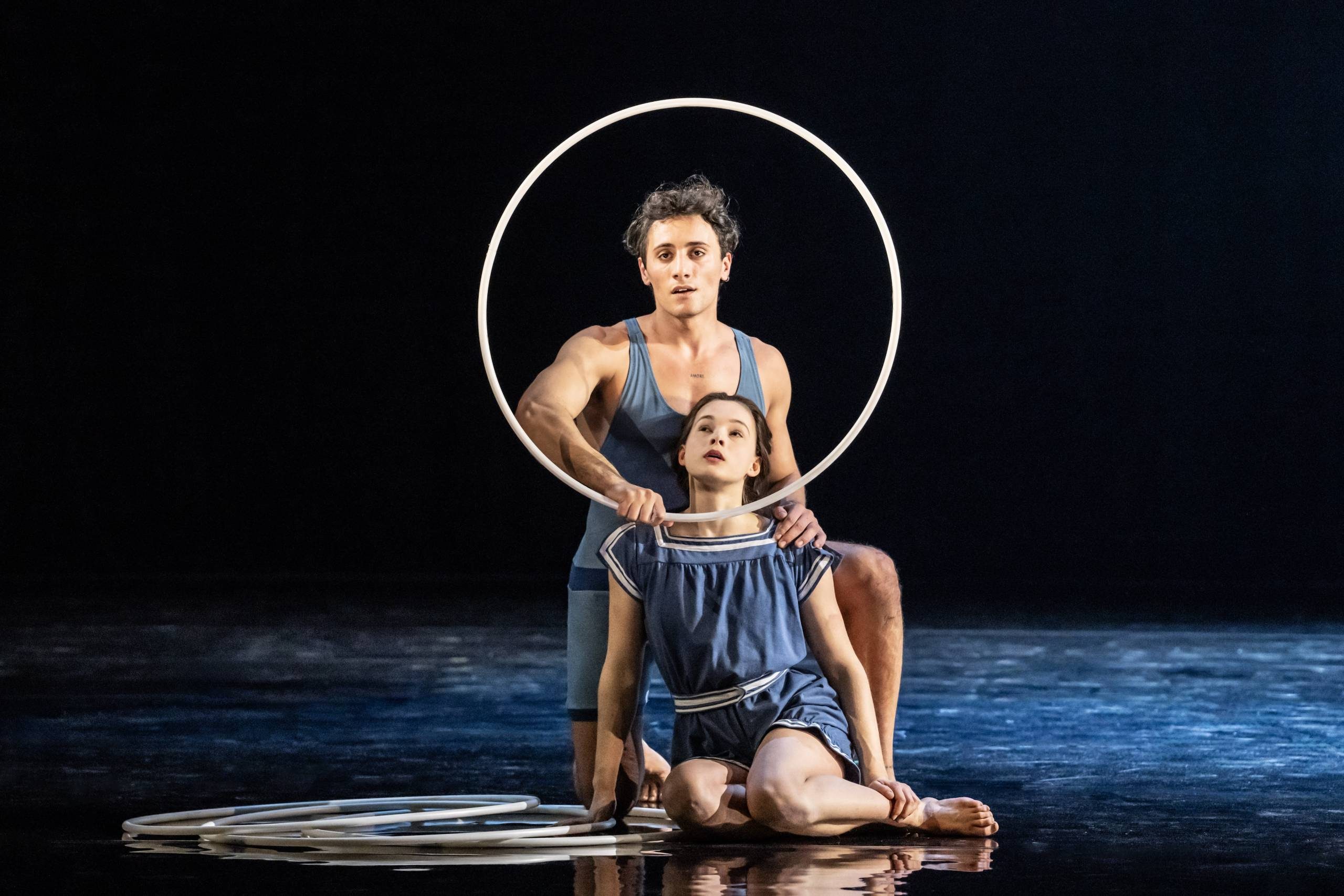
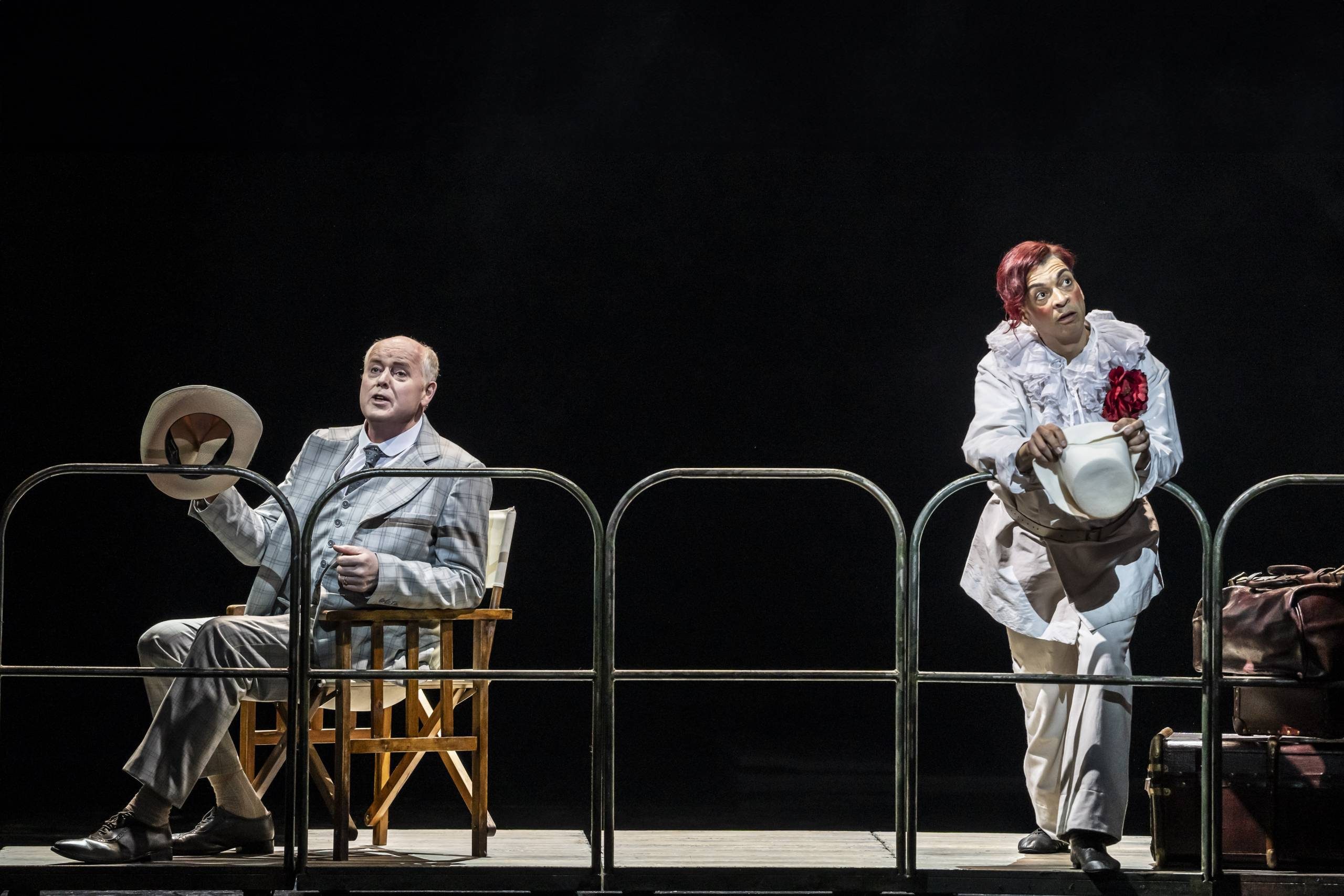
Tom hopes audiences enjoy a new experience from seeing the fusion of the two art forms in Death in Venice.
“It’s going to be really interesting for opera audiences and for circus audiences. The challenge is the way we fit together – how what is normally rufty tufty, roustabout, bohemian NoFit State high-energy, high-octane circus in a park can come to the opera.
“I have every confidence that will be achieved and that we can bring some of those elements together to make something completely different from one either organisation would have made on its own – and it will be greater than the sum of its parts. That’s got to be a good thing for everybody.”
For Olivia, movement is an inherent part of each character’s journey and story. She is aiming to explore the opera’s possibilities physically and visually, finding ways of expressing and counterpointing the music and giving audiences a new experience of Death in Venice.
“I want the audience to leave feeling uplifted, inspired and moved, and for them to question how we can live more fully in the world, embracing both body and mind, ugliness and beauty, imagination and reality. We have such extraordinary potential as human beings to imagine and create new worlds. Let’s recognise this.”
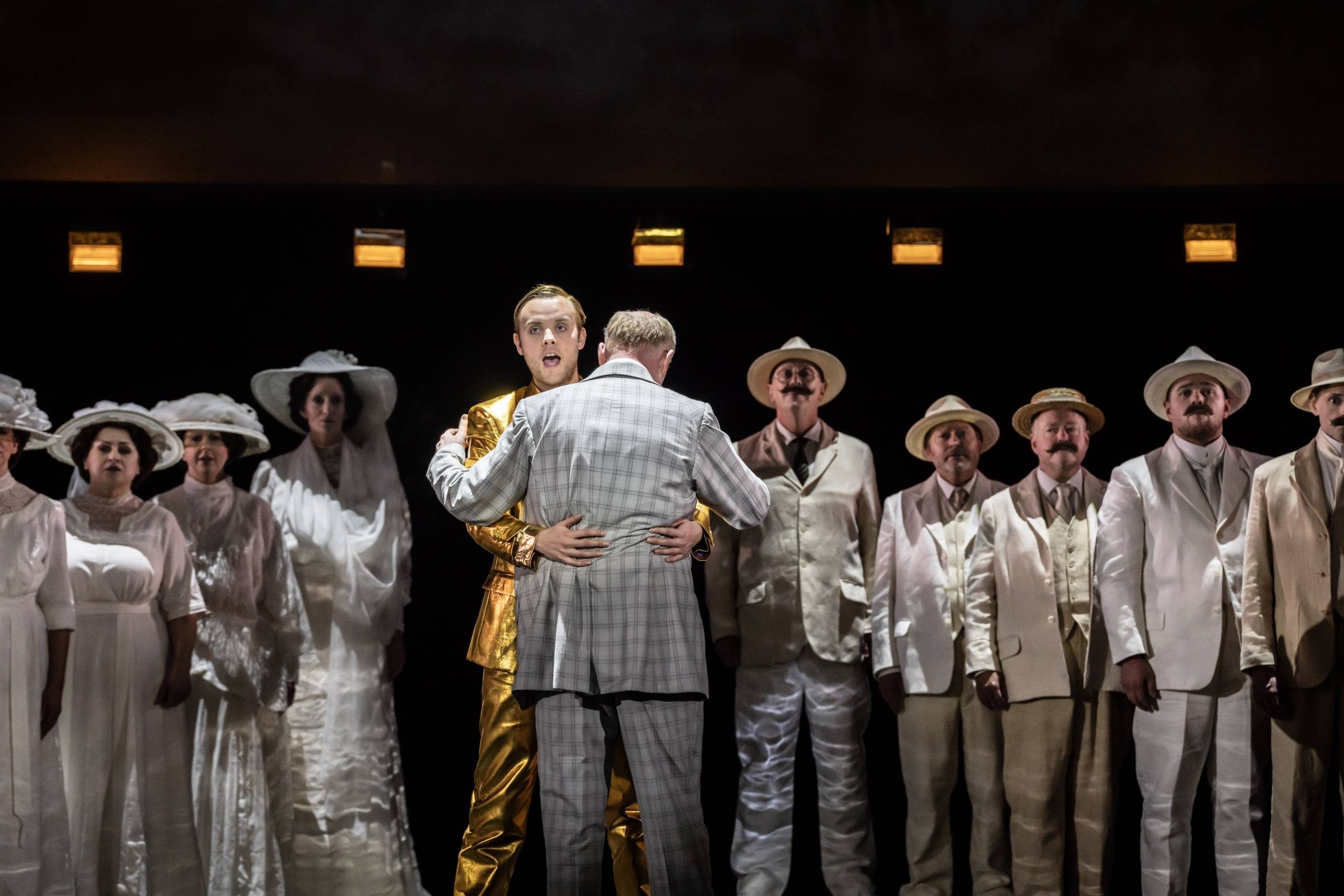
By Diane Parkes
Death in Venice comes to Mayflower Theatre 20 March 2024.
Welsh National Opera is a company Mayflower Theatre is proud to be friends with in our joint mission to bring opera to Southampton. Some upcoming opera shows are



